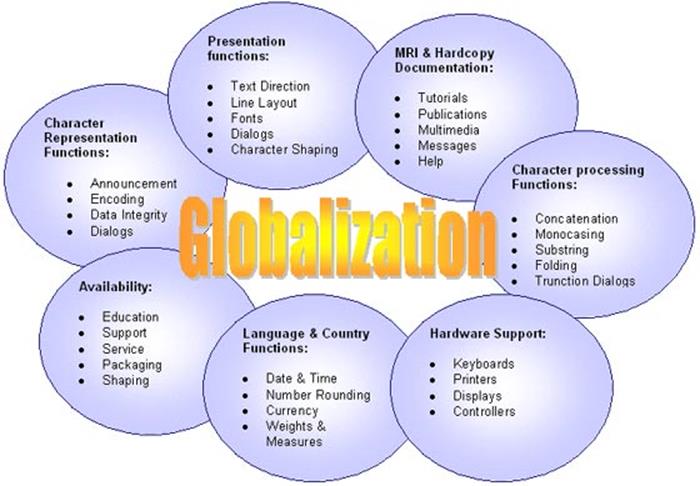Problem Solving - National Council of Teachers of Mathematics.
Problem solving plays an important role in mathematics and should have a prominent role in the mathematics education of K-12 students. However, knowing how to incorporate problem solving meaningfully into the mathematics curriculum is not necessarily obvious to mathematics teachers.The first article Mathematical Problem Solving in the Early Years pointed out that young children are natural problem setters and solvers: that is how they learn. This article suggests ways to develop children’s problem solving strategies and confidence. Problem solving is an important way of learning, because it motivates children to connect previous knowledge with new situations and to.This sequence of tasks, part of our feature The Problem-solving Classroom, offers an approach to teaching mathematics that exemplifies a model of 'exporation, codification, consolidation' (Ruthven, 1989). For more information, please see the article included in the above feature.
To develop mathematical competence, students must be involved in a dynamic process of thinking mathematically, creating and exploring methods of solution, solving problems, communicating their understanding—not simply remembering things. Assessment, therefore, must reflect and reinforce this view of the learning process.For the past few decades, teaching and learning of mathematics has been focused on problem-solving activity (Schoenfeld, 1992) that is seen as a goal, a process, and a skill (Hatfield et al., 2003). During problem-solving.

The Teaching and Assessing of Mathematical Problem Solving book. Read reviews from world’s largest community for readers.











